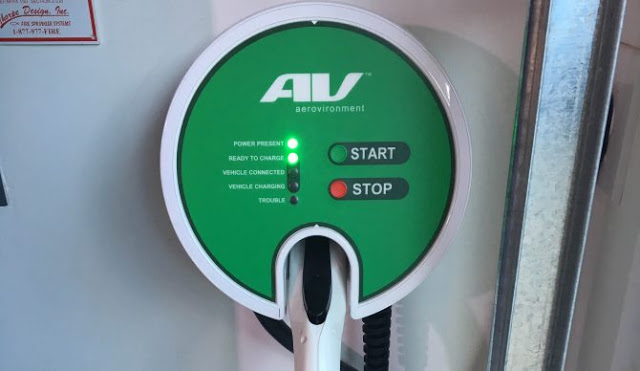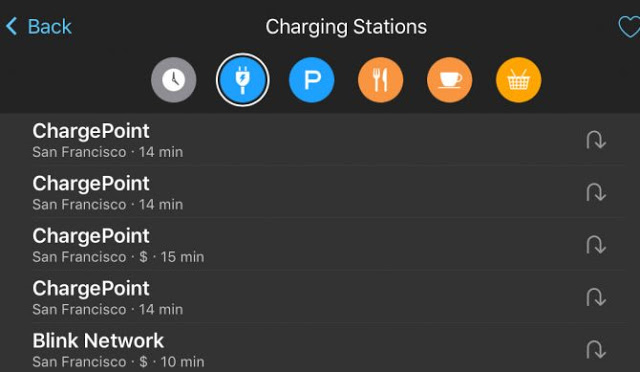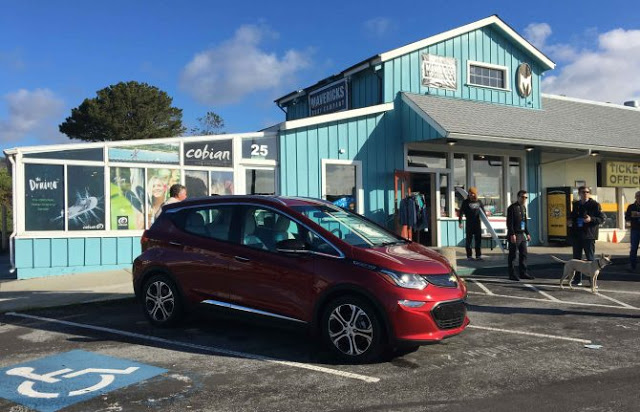Chevrolet’s New Bolt EV Might Be the Perfect Eco-Friendly Vehicle for Surfers
 |
| The Chevrolet Bolt EV. You might never visit a gas tank again. (Photo: Martin Klimek/Chevrolet) |
I might be the least qualified human to test-drive a new vehicle and speak with any degree of authority about the experience. I know jack about cars. I don’t drive them for performance, racing, sportiness, etc… or understand much about what distinguishes good from great. I never even learned to drive stick. I realize no self-respecting man should never commit that last sentence to print. Or pixel. But it’s true. I grew up in a world of automatics, and for the sake of transparency, felt we should get those formalities out of the way before proceeding further. I’m not an automotive expert.
So when Chevrolet invited me to test-drive their new all-electric car, the Chevy Bolt EV, I felt a little under-credentialed to participate. That didn’t seem to matter to them, which in some respect I understand for one simple reason: Most people are not car experts. In that respect, we can relate. And beyond that, when it comes to electric vehicles, the potential for mass adoption of the technology is relatively new, so it’s important for the everyman to start getting their hands on them in order to ease them into the zeitgeist. This becomes that much more interesting when framed with the question most relevant to our readership: Will Chevy’s new electric vehicle work for surfers and outdoor enthusiasts?
First, let’s look at the vitals.
This is the only electric vehicle currently on the market for less than $30,000 (after a $7,000 Federal Tax Credit, which puts the list price at $37,495) that gets 238 miles per charge. The only other electric vehicle that tops 200 miles per charge and falls into a mass consumption price range is the Tesla Model 3, which is widely anticipated and not quite available yet. Priced at $35,000 before incentives, the Model 3 begins production in mid-2017. And even if you’re willing to pay $1,000 to get on the waitlist, you’re not going to back that baby out of your garage until mid-2018 or later. So don’t be in a hurry. As for the Nissan Leaf, which is priced at $30,680 before rebates, it only gets 107 miles per charge.
Steve Henry, 46, the fellow who hosted the test drive in San Francisco and one of the first Chevy Bolt EV owners and evangelists, regularly surfs Ocean Beach, paddles out a Maverick’s on big days, and generally enjoys a range of no-bullshit ocean activities in the Bay Area. According to Henry, the vehicle works for virtually all of his surf needs. “If you’re going to be driving more than 230 miles to surf, there are other things you need to worry about beyond a charge,” he said. “This vehicle works 99% of the time for me.”
And I was curious about this. Does this car actually work for surfers?
In a very complex form of heavy-duty, professional vehicle testing, I put one of Henry’s shortboards in the trunk. It fit! Henry says he also stuffs his 10’ paddle board into the car no problem.
 |
| It fits! And It’s a sick Danny Hess board, too. Style points. |
It drives well. It’s got what I like to call serious pop, which is probably a function of the 266 lbs./foot of torque the Chevy team proudly emphasized. It accelerates quickly and actually has a feature where it will brake automatically when a car slows unexpectedly in front of you. That happened to me during the test drive when traffic came to a halt around a tight curve. The car stopped. Not me. It also has a one-pedal driving feature, which I didn’t fully understand. Essentially, the vehicle will begin to come to a stop when you take your foot off the accelerator. That’s a bit jarring when you’re not accustomed to it, but it serves the function of recharging the battery during the deceleration process. It requires practice to do effectively, and over the course of an hour drive winding around hilly San Francisco, I began to grow more acclimated to the feature.
So how about the logistics of no longer owning a gas-powered vehicle?
That’s probably the biggest question that looms not just for the Chevy Bolt EV, but for all electric cars being introduced to consumers at a mass-adoption level.
According to Alternative Fuels Data Center there are over 46,648 public and private electric charging stations and outlets in the US. There are about 18,000 in California, which is far and away the most EV-friendly region in America. Texas is number two with over three thousand. When it comes to coastal California, there are a lot of charging stations. The Midwest not so much. You literally cannot drive this vehicle across America, so that’s a serious consideration. It’s also something to consider if taking a trip down to Baja or from San Diego or Los Angeles to Big Sur. You’re going to need to think harder about logistics, and it might not work. But when it comes to your daily commute, the majority of Americans, who average about 40 miles per day, will be more than fine.
And if you want to buy your own charging station for your home, which seems like a very good idea if you plan to own an electric vehicle, that costs $699. But that means you’ve got a full tank of 238 miles to spare every morning. Bolt also offers a DC Fast Charging option, which will expedite the charging process to 90 miles in about 30 minutes of charging. The other two options (option one: a common outlet) provide four miles per hour of charge and (option two) 25 miles per hour of charge. So it might be a bit better for the earth to reduce our dependence on fossil fuels but, it’s not as simple as a two-minute fill-up at your local gas station. You’d learn to pair a charge with a restaurant stop and maybe a selfie-filled cultural outing.
 |
| Here’s your new at-home charging station. It runs about $700. |
 |
| Here’s the handy screen that will tell you where you’re going to get the nearest charge in a pinch. |
And the net impact?
Ultimately, at $30,000 the Chevy Bolt EV provides a seriously compelling option for a surfer or outdoorsman/woman living in California. Especially for those looking to close the loop with regard to sustainable consumption. We love the places we play, and while all materialism has a net impact – electric vehicles included – electric-powered cars have the potential to take a giant dent out of the emissions that trail gasoline dependent cars. According to studies completed by the Union of Concerned Scientists, battery electric cars cut global emissions by more than 50 percent compared gas-powered cars. That takes into account producing the electric vehicle battery (which is recyclable and reusable). While battery production emits on average one extra ton of emissions than gasoline vehicle production, those emissions are offset in less than one year of driving, and over the course of a vehicle’s lifetime, the reduction in emissions is gigantic.
So if you can get to the beach and kill fewer things – like your wallet and your earth – in the process, the Chevy Bolt EV is worth a serious look. Right now, the vehicle is only available in California and Oregon, though it will roll out to the rest of the country this year.
 |
| Did I mention we drove to Maverick’s? |
 |
| ‘Cuz we did. Here’s Jeff Clark for proof. He was very nice. |
Privacy PolicyKindly Share The Surf Cars Love »»
|
|
|
Tweet |









